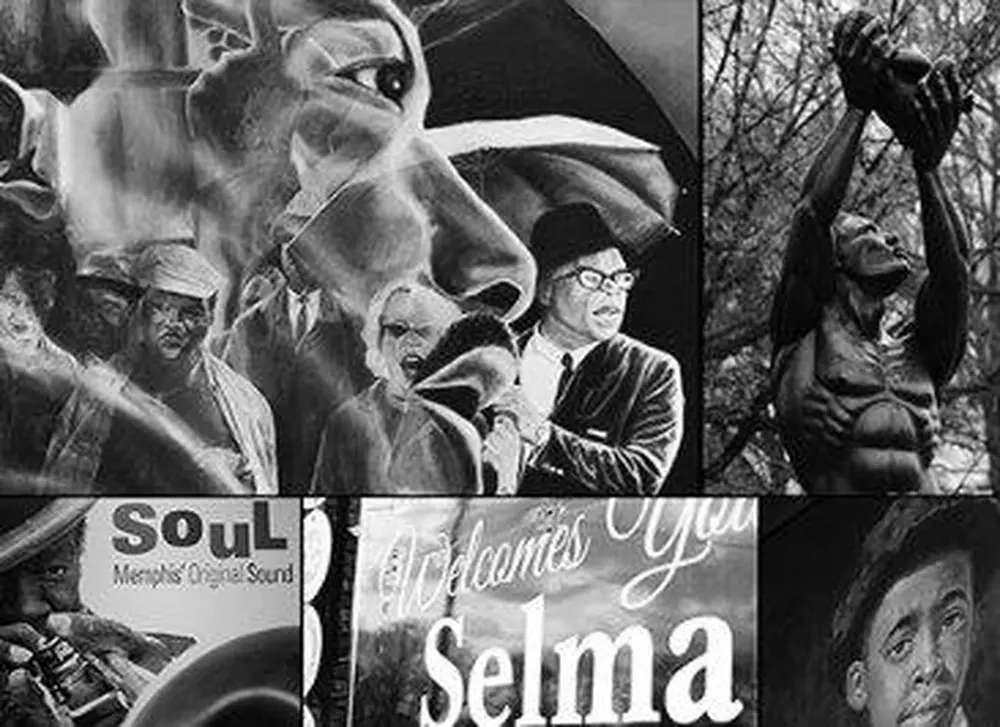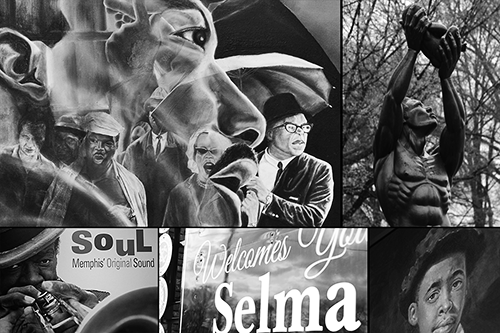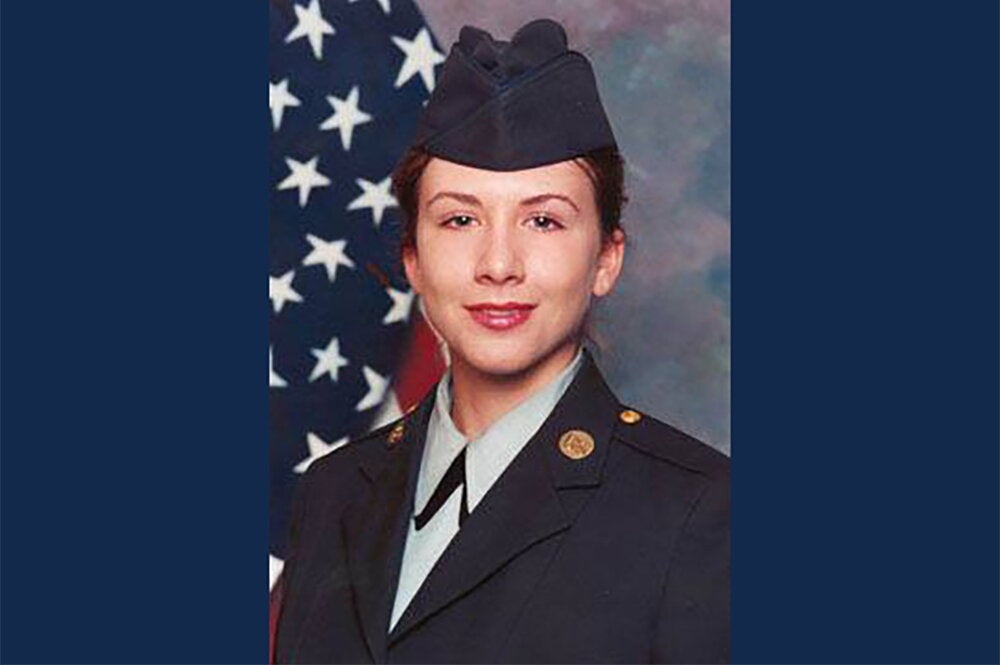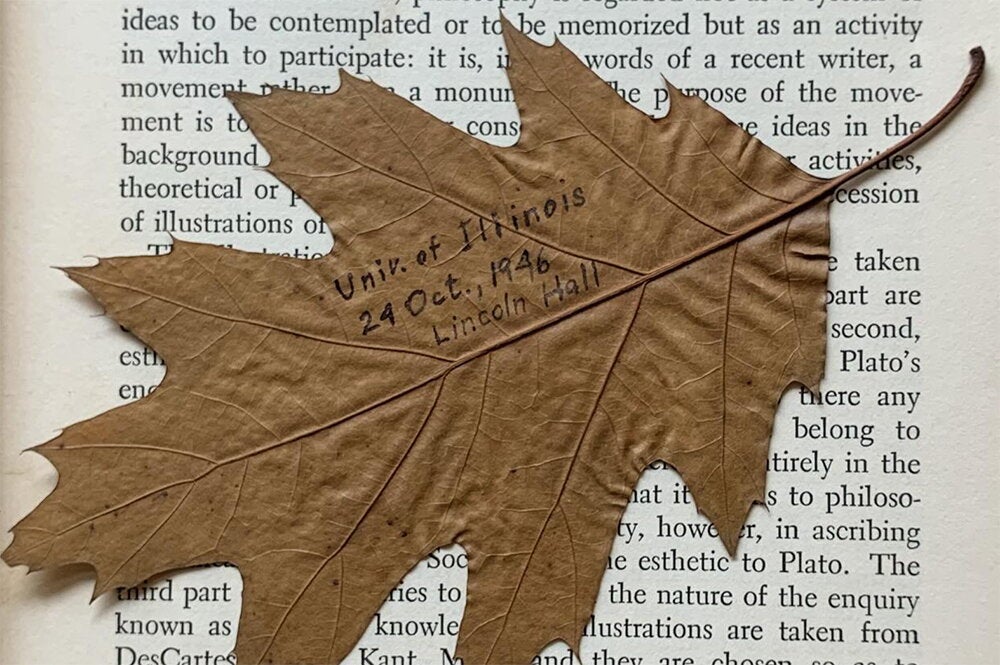

Almost 50 University of Illinois students will spend their spring break not on the beach, but on the bus, taking a 2,500-mile trip through key cities and sites significant in the history of civil rights for African-Americans.
This will be the sixth year for the Civil Rights Pilgrimage, and 48 students are scheduled to go, according to January Boten, a staff member in University Housing, which sponsors the trip.
Their bus leaves Urbana-Champaign on March 18 and their route will take them to nine cities over nine days: Greensboro, North Carolina; Charleston, South Carolina; Atlanta; Tuskegee, Montgomery, Selma and Birmingham, Alabama; Little Rock, Arkansas; and Memphis, Tennessee.
The students will visit numerous sites and museums, and hear from historical experts and local guides, related to the sit-ins, bus rides, marches and other events in the civil rights movement and African-American history.
Among the stops will be the Edmund Pettus Bridge, site of the “Bloody Sunday” march portrayed in last year’s movie “Selma”; the historic “Mother” Emmanuel AME Church in Charleston, where nine black parishioners were killed in a mass shooting in June 2015; and several sites related to the life of civil rights leader Martin Luther King Jr.
According to Boten, much of the organizing for each year’s trip is done by student leaders who have been on a previous trip. This year’s leaders, both from Chicago, are Ronald Oliver, a sophomore in early education, and Maria Valenzuela, a sophomore in history and Latina/Latino studies.
Oliver, in a post on the Civil Rights Pilgrimage blog, wrote that one of his favorite moments during the 2015 trip was hearing directly from individuals involved in the Greensboro lunch counter sit-ins. “(W)e were given the opportunity to hear (their) stories… and see their courageous battle to gain equality,” he said.
Valenzuela wrote on the blog that one of the powerful moments of the trip for her was doing a sit-in simulation at the National Center for Civil and Human Rights in Atlanta. “(T)he experience felt so real. I felt like people were really screaming at me.”


